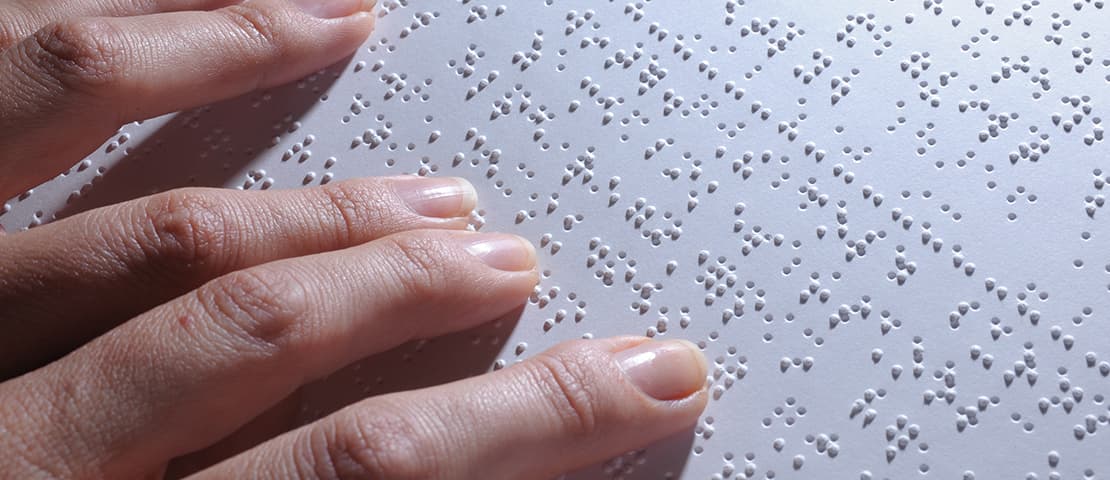There are lots of different braille machines used in New Zealand. The most common manual one is the Perkins Brailler.
You can also use an electronic braille device. This connects to your computer, smartphone or similar electronic device so you can read or take notes wherever you are. The best known electronic one is the Mountbatten.
You can also produce braille manually with a braille slate. These work like a pen on paper, allowing you to emboss paper. It’s a cost-effective way of writing braille, and is also very portable. A braille slate can be used to make notes or shopping lists, write phone messages, and more. A slate works with a stylus, which you use together with the slate to produce braille dots. There is a range of different styli available depending on your needs.
Our online shop offers a range of braillers, braille slates, Dymo braille label makers, and other supplies for writing braille.
